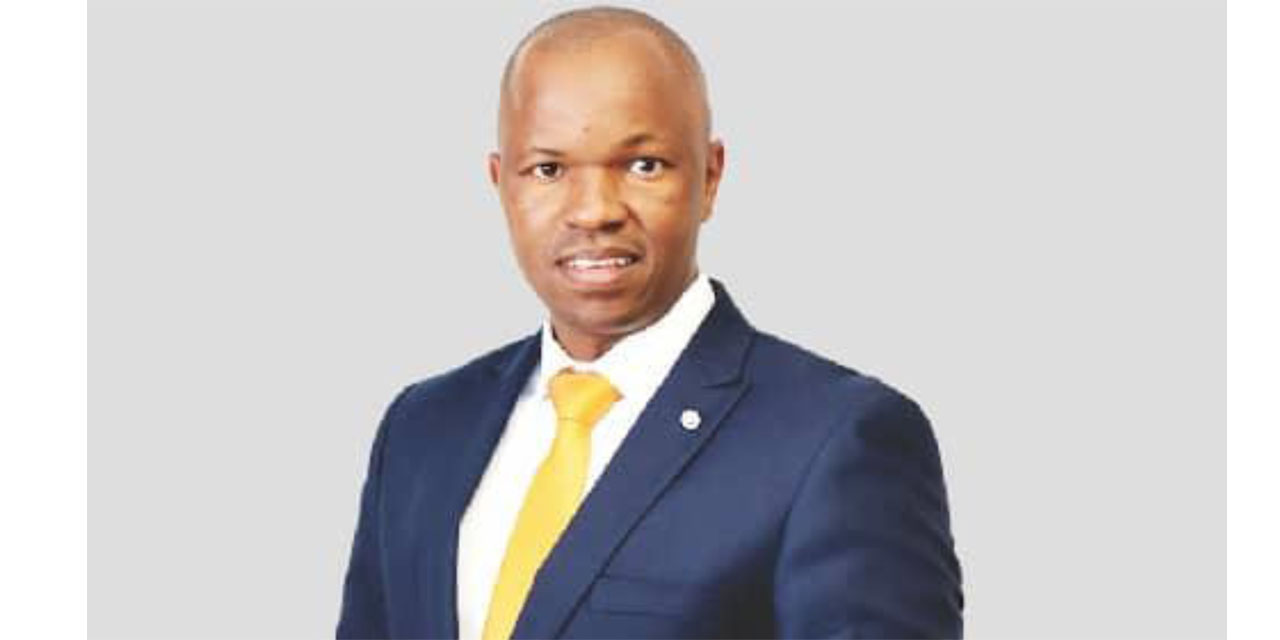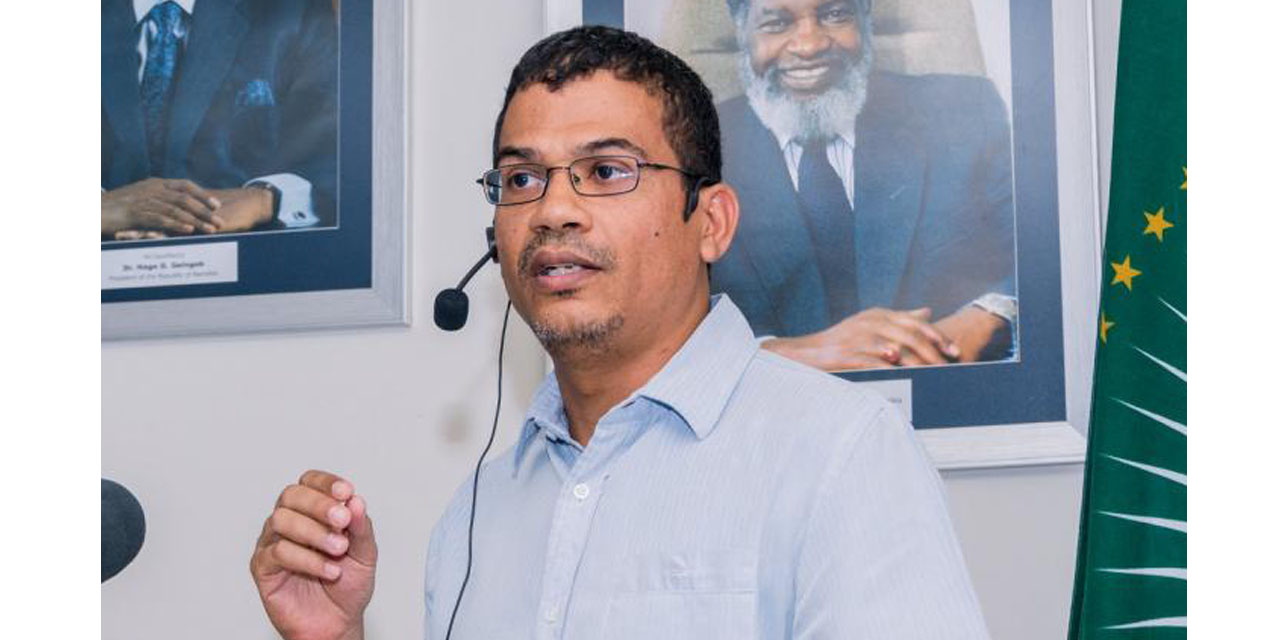Niël Terblanché
Factors such as limited access to water, resources and financing are blocking the Namibian government from providing adequate toilets and other sanitation facilities in various communities in Namibia.
According to the World Health Organization and UNICEF’s Joint Monitoring Programme (JMP) 2020 data, Namibia ranks sixth for the highest rates of open defecation in the world.
More than 40 percent of the nation or about one million people do not have access to proper toilet facilities and the situation is getting worse. The situation is exceptionally dire in the various informal settlements where people have no choice but to use open spaces often without any privacy.
The government is on record for admitting that sanitation has stalled in recent years, and the various ministries tasked with improving sanitation have each failed to prioritize the sector.
Despite vast sums of money being allocated each year to the various Offices, Ministries and Agencies (OMAs) to construct such facilities all of the responsible parties have fallen short of delivery and implementation targets.
The Ministry of Urban and Rural Development (MURD) is on record for stating that it failed to hit its toilet targets in four of the last five years. In 2021, the ministry promised to construct 10 000 new toilets in rural areas but built only 980 before claiming the original target was erroneously indicated and that 1 000 was the real target. In explaining.
The ministry also blamed its failure to meet the 1 000 toilets target on the late submission of activity plans and accountability reports from the regions which resulted in the late approval of budgets.
The sector has also failed to communicate its strategy with members of parliament. A draft of Namibia’s 2022-2027 National Sanitation and Hygiene Policy acknowledged that one of the biggest obstacles is politicians and local authorities clashing on whether flush facilities or dry sanitation should be built in urban and rural areas.
The Ministry of Agriculture, Water and Land Reform, which is charged with the coordination of government sanitation services, admitted to facing challenges in improving sanitation. The main issue is limited access to water, resources and finance.
The health ministry also blamed a lack of funds brought on by low tax revenues which prevented it from prioritizing sanitation.
According to the World Health Organization and UNICEF’s Joint Monitoring Programme, Botswana also struggles with poor informal settlements, sparsely populated rural areas, water scarcity and an arid climate. Despite the challenges, 80 percent of the people in Botswana have access to basic sanitation facilities. That is almost double the Namibian percentage.
In Namibia’s preparatory meeting notes to the UN ahead of the 2023 Water Conference, the government claimed 46 percent of rural communities have access to safely managed sanitation, but Namibia’s own census mapping report states that less than 27 percent of Namibians in rural areas have such access.
Eleven years ago, Catarina de Albuquerque, Chief Executive Officer of Sanitation and Water for All CEO and former UN Rapporteur to the human rights to water and sanitation said Namibia’s sanitation deficit was not a result of a lack of finances, but a lack of a common vision, prioritisation and an absence of effective coordination among the different ministries and between central and local government.
“In 2023, these are still the biggest obstacles to improving sanitation which is escalating a crisis that threatens death, disease and contamination over the next decade,” De Albuquerque said.




